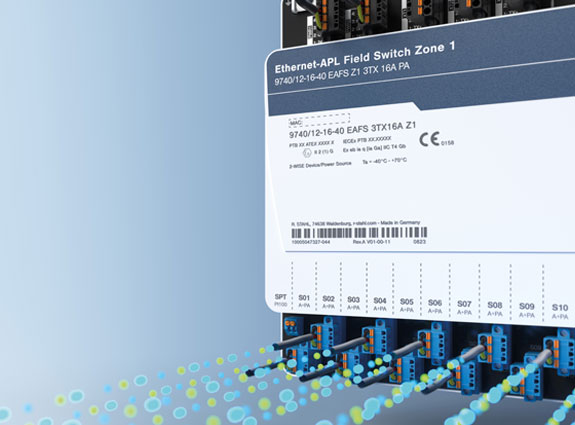Tubes off, LEDs on – this will be the motto from 1st September 2023. Because from this date onwards, fluorescent lamps will no longer be allowed to be put on the market. In this interview, Rico Schulz explains why you as a system user should act now.
Mr Schulz, what do you make of the upcoming ban on T8 fluorescent lamps coming into force on 1st September 2023?
Rico Schulz: The impending ban on T8 fluorescent lamps from 1st September 2023 is seen as a major turning point for the industry. It marks the end of an era, as T8 lamps have been considered a triumph since their introduction in the twentieth century. The main reason that the T8 became so popular to this day was originally its high luminous efficacy compared to that of incandescent lamps and its significantly longer service life.
What reasons did the EU give for banning fluorescent lamps?
Rico Schulz: On the one hand, the decision takes into account technical progress, as more energy-efficient solutions are now available. On the other hand, environmental protection plays a role, as the mercury used in fluorescent lamps poses a risk to both health and the environment, especially when it comes to disposal.
What impact will the ban have on industry, especially on users of hazardous systems?
Rico Schulz: There are exceptions for the use of fluorescent lamps in such hazardous areas, but the EU is defining stricter requirements for these lamps. System users must ensure that the fluorescent lamps used comply with the legislation mentioned and are suitable for the specific operating conditions or applications.
What are the advantages of switching to LED light fittings compared to fluorescent lamps?
Rico Schulz: There are a number of advantages to switching to LED lighting rather than retaining fluorescent lamps. LED light fittings are more energy-efficient and require about half as much electrical energy as fluorescent lamps with comparable light output. LED luminaires also have a longer service life, which leads to lower maintenance costs. Furthermore, LED light fittings can be digitised and monitored, which makes inspection and maintenance much easier.
What role do maintenance costs play in the decision to switch to LED light fittings?
Rico Schulz: Maintenance costs play a decisive role in whether or not to switch to LEDs. In comparison to fluorescent lamps, LED luminaires have a longer service life and require fewer maintenance cycles. This leads to cost savings for the system user, especially in hazardous areas where maintenance is a time-consuming and complex process.
How can digital solutions such as the DALI system improve the operation and maintenance of LED light fittings in industrial lighting systems?
Rico Schulz: In the process industry, regular inspection of the lighting is required for safety reasons. With digitalisation and the use of DALI (Digital Addressable Lighting Interface), luminaires can not only be individually controlled but also permanently monitored. This makes it possible to define individual maintenance cycles and to efficiently plan maintenance dates – these can replace manual inspections.
What recommendations would you give to companies that have not yet switched to LED lighting?
Rico Schulz: The EU's ban on conventional fluorescent lamps will further drive the conversion to modern LED lighting in industrial systems. Although there are exceptions for hazardous areas, there are many convincing reasons to switch to energy-efficient and long-lasting LED technology in a timely manner.
Thank you, Mr Schulz, for your insights on the EU phase-out of fluorescent tubes.






![[Translate to Englisch:] [Translate to Englisch:]](/fileadmin/user_upload/mitarbeiter/01_DE/07_Blog/00_Allgemein/blog-explosionsschutz-rstahl-startseite-279x205.jpg)
![[Translate to Englisch:] [Translate to Englisch:]](/fileadmin/user_upload/mitarbeiter/01_DE/07_Blog/00_Allgemein/blog-explosionsschutz-rstahl-ueber-den-blog-279x205.jpg)
![[Translate to Englisch:] [Translate to Englisch:]](/fileadmin/user_upload/mitarbeiter/01_DE/07_Blog/00_Allgemein/blog-explosionsschutz-rstahl-autoren-279x205.jpg)
![[Translate to Englisch:] [Translate to Englisch:]](/fileadmin/user_upload/mitarbeiter/01_DE/07_Blog/00_Allgemein/blog-explosionsschutz-rstahl-newsletter-expert-mail-279x205.jpg)
Write new comment